|
Traveling can make it hard to keep up with your exercise routine.
Whether you’re hauling bags through terminals, sitting for hours and hours on a plane or bus, or sleeping in different (and sometimes uncomfortable) beds — the toll that traveling can take on your body can be significant. It’s not uncommon for frequent travelers to experience back and joint pain, neck strains, and tension headaches. Some hotels have gym areas, but not all do, and quality and availability of equipment can vary greatly. Add to that the fact that you’re usually away from a kitchen, are probably eating (awesome) calorie-packed foods, and are totally out of any normal routine, and it’s easy to see why so many travelers return from trips feeling a little sore and maybe less than healthy. So how do you stay strong and pain-free while away from home? The thing is, we tend to make working out an event. If you belong to a gym or studio, you pack your bag, drive there, find your locker, get dressed, go to a class or do your workout. You might shower afterwards if you have somewhere to go directly. All of this takes time. Our workouts start to feel like a 2-hour commitment, because that’s what we do when we’re at home and have that time. The truth? You can work out your whole body in about 20 minutes, anywhere, with zero exercise equipment. All you really need is your own body to provide the resistance and the bag you brought with you. Here’s a super-simple 2-step hotel room workout developed by fitness expert Steve Kamb that you can take anywhere (even outside!) and even tweak as you progress: Step 1: Warm up (3-4 minutes). Get your core temperature warmed up, get blood flowing, and loosen up muscles by doing the following in rapid succession:
Step 2: Work the circuit (15 minutes). Now set a timer for 15 minutes. Go through these exercises as many times as you can in succession until the timer goes off, ideally without breaks — although it’s fine to build up to that over time. The most important thing is to keep proper form for each one, even if you can’t do all of them or if you need to take a break.
And…that’s it. 15 minutes, and you’re done. Finish up with a few minutes of stretching and deep breathing, and you’ll be set. Imagine the difference that doing that even just three times a week would make on your trip. What would it be like to come back from vacation stronger and in better shape than when you left? Some travelers take on this challenge for longer trips! It’s been done — people do this routine on the beach at sunset, in beautiful parks, in the hotel gym. Once it’s just part of your travel routine, you’ll find all kinds of new (and sometimes hilarious) places to take 15 minutes to care for yourself. As always, if you need help finding the perfect spot to do incline push-ups — or maybe relax with a book and a drink post-workout — I would be thrilled to help you get there. You can get in touch with me today by clicking here. I look forward to hearing from you!
0 Comments
There’s something so defeating about carefully packing for a trip, only to arrive at your destination with a suitcase full of wrinkled shirts, pants, or skirts.
While no packing method can be 100% wrinkle-proof, there are a few things that can affect the way your clothes move around in your suitcase, and can therefore have a direct effect on how wrinkled they get en route.
A few wrinkles with each trip are probably unavoidable. But understanding how fibers interact and how space, heat, and humidity affect fabrics can at least help you get to your destination with only minor ironing needs. After all, the goal is to spend more time enjoying your trip and less time ironing out the wrinkles! Are you gearing up for a dream trip and have questions? I’d love to work with you and help you make the most of your next amazing vacation. You can get in touch with me by simply clicking here. People are always talking about taking their “dream vacation” — but largely what people mean when they say this is that every detail of the trip was planned flawlessly, everything went according to plan, and the service and food were stellar.
But what if the key to having the best vacations of your life has as much to do with how you approach traveling as it does with where you go and the number of stars on your hotel? Here are 5 Traveler’s Resolutions you can make right now to make this the best year of travel yet:
A common thread among these resolutions is the ability to let go of anxiety, relax and enjoy yourself. Hiring a Travel Professional is one of the best ways to avoid the most stressful parts of travel altogether. I can do all the planning, handle all the details, and you get to enjoy. I will also be on call for you while you are on your trip to handle any complications or emergencies that may come up. Let me take all the stress out of organizing and leave all the pleasure to you. Click the link below contact me today! Ever feel yourself stuck in a vacationing rut?
Maybe you try out different places, but they all kind of seem the same. Maybe you find the planning exhausting. Maybe you stress out over small things so that your energy gets sapped. Maybe you cram too many things into too little time, and you come back more tired than when you left. Maybe you bring work with you, even when you say you’re not going to, so that you wind up giving away precious vacationing hours to your job. I’m going to be bold and say: This is not what a vacation should feel like. Here are 5 secrets to becoming a Zen master of vacationing. Trust me — you’ll never regret taking these on.
If you’re looking for ways to maximize your traveling experiences, but you’re not quite sure how to get there, I’d love to help! If planning stresses you out, I can be your best ally. I love this work and can help connect you with the places and experiences that will stay with you for a lifetime. Let’s talk today — you can reach me by clicking here.
Nobody loves standing in long security lines, and I don’t know one person who is thrilled by the fact that most airline seats only recline about four inches, if you’re lucky. But I do know people who love to travel, door to door — not just when they arrive at their resort. I know people who almost always have a great flight, no matter what. I’ve talked to people whose trips got rained out, or who missed connecting flights, or who got lost, or who even had passports stolen — and when I ask them how their trip was, they smile and say, “It was great!” and proceed to tell me the full exciting tale. So what’s their secret? I’ll tell you: they’ve let go of the Perfectionist Mindset and adopted the Adventure Mindset. The difference between these two paradigms changes everything. The Perfectionist sets unrealistically high expectations for themselves, others, and situations — and when things don’t go well, they often fall into self-blame or blaming others. The Adventurer makes a plan and is prepared, but is willing to roll with what comes along that might not fit with “The Plan.” The Perfectionist often avoids risk and only goes with the obvious path in an attempt to avoid “failure.” The Adventurer is less concerned with control and more interested in creative approaches and critical thinking when it comes to problem solving. The Perfectionist focuses on what isn’t working and is often impatient and critical. The Adventurer sees what’s going well and what there is to be grateful for and is quick to offer appreciation, flexibility, and help in tough situations. As author and coach Naomi Teeter points out, the Adventurer knows how to ask “quality questions” when faced with a challenge, questions like:
If I’m honest with myself, I know that there are times I fall into the Perfectionist Mindset, in travel and in life. But I also know that at any moment, I can choose something different. I can always choose an attitude of adventure. And as a lifelong traveler, that has made all the difference. If you’re ready to plan your next great adventure, I’d love to help you get there. You can contact me today by clicking here. Ever feel yourself stuck in a vacationing rut?
Maybe you try out different places, but they all kind of seem the same. Maybe you find the planning exhausting. Maybe you stress out over small things so that your energy gets sapped. Maybe you cram too many things into too little time, and you come back more tired than when you left. Maybe you bring work with you, even when you say you’re not going to, so that you wind up giving away precious vacationing hours to your job. I’m going to be bold and say: This is not what a vacation should feel like. Here are 5 secrets to becoming a Zen master of vacationing. Trust me — you’ll never regret taking these on.
If you’re looking for ways to maximize your traveling experiences, but you’re not quite sure how to get there, I’d love to help! If planning stresses you out, I can be your best ally. I love this work and can help connect you with the places and experiences that will stay with you for a lifetime. Let’s talk today — you can reach me by clicking here. Whether you’re planning a proposal or you’re looking to rekindle the spark in a long-term relationship, there’s nothing quite like a beach to bring out the romantic in us.
Here are five places — for all kinds of tastes — where you can sit, sip, swim, hold hands, and just take in the majesty of big water. For the ultimate tropical fantasy, check out Fiji (link name to this ==> https://www.fiji.travel/). With over 300 separate islands — many of them almost completely untouched — this place really has it all. Pamper yourself in a secluded, luxurious resort. Take a walk through one of the world’s largest Asian orchid collections. Visit the shores where Tom Hanks taught himself to fish and create fire in Castaway. Submerge yourself in the breathtaking wonderland of exotic fish, gorgeous coral, and crystal clear waters with a scuba dive for two. If you’re looking for an extra boost for your proposal, consider that in 2014, the Fiji tourism board reported 600 asks…and 600 yeses. That’s some good mojo! For a snorkeling adventure that will stay with your for a lifetime, you can’t beat the Great Barrier Reef, Australia (link name to this ==> http://www.greatbarrierreef.org/reef-experiences/). This is the place for you if you crave something a little wild, a little rugged, and completely original. The Great Barrier Reef is unparalleled is its sheer magnitude. Head for one of the 74 Whitsunday Islands, only 8 of which are inhabited, or take in a sea plane tour of the heart-shaped Hardy Lagoon. What if tropical isn’t your bag? If you prefer milder temps, old-growth forests, a laid-back approach to life, and cozy, elegant B&Bs and Craftsman-era resorts why not consider a romantic getaway to the San Juan Islands in Puget Sound (link name to this ==> https://www.visitsanjuans.com/members/puget-sound-express-port-townsend)? Here you can kayak along dramatic shorelines, watch the orcas migrating in magnificent pods, hike pristine forests with towering evergreens and a 360-degree view of the surrounding mountains, take in the beauty and romance of a lavender farm, or sail among the tree-covered islands to watch dolphins and whales play in the cool waters. Travel among the islands is easy, and you can even take a day trip to the gorgeous Canadian island of Victoria. If you’re looking for something unique in the Mediterranean, book an adventure on Corsica (link name to this ==> https://www.visit-corsica.com/en/). Birthplace of Napoleon and part of France, this island retains its fierce cultural independence, and the result is a marvelous blend of Italian and French cultures, wine, food, and language. The emerald waters of the north and the dramatic rocky cliffs of Bonifacio in the south, which drop precipitously into the ocean, will take your breath away. This is a place filled with small private alcoves and turquoise waters, and accommodations from luxury resorts to charming hotels run by generations of Corsicans. You can hike or drive in rugged interior mountains, sample cheeses and honey cultivated in 400-year-old traditions, and there is plenty to see, do, and experience. For the ultimate in a private-island escape, I have to mention Belize (link name to this ==> https://www.travelbelize.org/). Often overlooked in favor of more famous places, Belize is only two hours from Miami and boasts some of the most pristine shoreline in the world. Cayo Espanto, just off the coast of Belize, is a private island resort with several secluded 5-star villas, and was recently named the #1 honeymoon spot in the world. One of the bungalows, set 150 feet out in the water, features glass floors through which you can view the colorful and varied sea life. If you’re feeling adventurous, you can explore ancient Mayan ruins on the main island — or you can simply while away the hours overlooking the cerulean waves from your own private deck while the staff sees to your every need. If you love the idea of a beach getaway but need help finding just the perfect destination for your vacation-for-two, let’s set up a time to chat! There are a million opportunities to rekindle the flame — and one of them has your name on it. You can contact me today by clicking here. I can’t wait to talk to you! For some people, a dream destination pops easily into mind: they know exactly where they would go in a heartbeat if there were no obstacles.
For others, it’s a bit more ambiguous. You might have an idea about what you’d like, but you might not be entirely certain where you’d have your passport stamped if the opportunity came up tomorrow. We all know that the best way to make something happen is to start intentionally giving it shape — something to look at, imagine, talk about, and (most importantly!) plan for. With that in mind, here are a few questions to ask yourself so you can get started working out the details of that trip you fantasize about during those hectic workweeks.
When you’ve had time to assemble your thoughts — and if you’re working on this with your partner or friends or family members — look for overlaps, recurring themes, those quiet nudges you can’t seem to shake. Listen to your gut. And start to dream big. You can set a goal, start saving if you need to, and start giving shape to your plan. Put your images and any accompanying words or phrases up on a cork board, or glue them to a big piece of tag board, or make a digital collage that can be your screensaver on your computer at work — anyplace where you’ll see it multiple times a day — and let those images inspire you as you get closer and closer to making your bucket list trip a reality. The best part? I can help you design this trip down to the last customized detail. Give me a call and let’s get started! To contact me click here now! We know that travel comes with a host of great benefits: you get to spend time with people you love; you get to see new things and try new things; you get to relax away from the pressures of work and everyday life; you get the thrill of realizing dreams you may have had for years and years.
As it turns out, travel is the best way to spend your money. Of all the things you can buy, the experience of traveling gives you, by far, the most bang for your buck. All these great elements of travel have been proven to make people happier. And even more than that, every part of the travel experience — before, during, and after — is more satisfying, more enjoyable, and has longer-lasting positive effects than buying stuff. In 2003, Thomas Gilovich published his landmark study called “To Do or To Have? That Is the Question” (link name to this ==> https://pdfs.semanticscholar.org/7803/92be2ac926527db0506dc3b4e3a520b6f510.pdf?_ga=2.170686885.449542293.1614366407-1326033204.1614366407) – a study that, more than a decade on, continues to influence social psychology and the study of what brings us true contentment. Gilovich looked at how economic choices affect well-being and analyzed the differences between experiential and material purchases on human happiness. His unexpected discovery has changed the way we look at our buying habits: Across the board, doing things makes people way happier than having things. The reason for this is that we get to live and re-live the joy of experiences. Buying an expensive TV or even a new car gives a momentary spike in good feelings that lasts for a few days. But when you take an amazing trip, you get the memories and the good time together — and every time you think of that trip, or you see something that reminds you of it, or you look at the picture on your desktop, your brain registers those joyful times and releases mood-enhancing chemicals that make you feel like you’re re-living the happiness of the experience itself. It stays with you, and you get to access it whenever you want. It’s not like we need another reason to start planning that dream trip — but another study out that Gilovich co-authored has found that even the anticipation of experiences outdoes the lead-up to material purchases. People waiting in line to get tickets to an event are happier and more excited than those who are waiting in line to buy something. So, even something as boring as waiting in line is more fun when it’s connected to your travel experience. But it makes sense when you think of it, doesn’t it? You’re waiting to, say, get your passport photo taken, and associated with that time are thoughts of where you’re going to go, what you’re going to see, and all the adventure that awaits. When you’re planning that trip with your agent, you get to make progress, take steps towards realizing your dream, and each step is actually a part of the adventure itself. As travelers, we know the many positive benefits of getting out and seeing the world. And now we can feel even better knowing that those benefits continue to improve our lives, long after the trip is over. Are you convinced? Ready to start taking the steps towards your next travel adventure? Give me a call and let me bring a little more happiness to your life! To contact me click here now! Traveling is one of the most rewarding feelings you can experience in life. Exploring the new and unknown parts of our planet, meeting new people, trying local food, learning about different cultures. It's also good for your mental health - it makes you more content and understanding of others. Many people think traveling can only be fun if you do it with your family or friends. And yes, sharing this kind of experience with someone you love and cherish is amazing. However, sometimes the best travel partner you can have by your side is you! It's understandable if you're afraid to bite the bullet and take on this big adventure all by yourself. But don't worry - we have your back. Read the following 5 reasons to travel alone to another country, and we guarantee you'll have the best travel of your life. Let's go! 1. Plan YOUR dream trip Everybody has different travel destinations on their bucket lists, so it can sometimes be hard to plan a trip with other people. Additionally, not everybody can afford the same kind of trip or has the same priorities when traveling. Therefore, more often than not, we restrain ourselves from things we want to do and see. If you travel alone, you can plan the trip of your dreams and think about your needs only. This is the first of many reasons to travel alone to another country. So, don't wait any longer - find that bucket list of yours, choose the next destination, and start planning. You're in control of everything, from finances and accommodation solutions to fun trip activities. The only person you depend on is YOU! 2. Experience the freedom and enjoy the "me time"Being able to do what you want, where you want, and how you want can be incredibly freeing and liberating. This is something you will experience if you decide to travel alone to another country. You don't have to accommodate anyone and anything, only yourself. So, if you want to spend the whole day on the beach drinking margaritas and enjoying the natural sunlight - just do it! Nobody's stopping you now. Additionally, traveling alone means you will have more "me time". Since 2021 is all about self-care (hallelujah), you should prepare for some serious self-pampering. Letting yourself relax - both mentally and physically, is extremely important. All the stress from the busy life we lead is the source of negativity we experience on a daily basis. Therefore, traveling alone is the perfect way to get away from everything and take care of yourself! Sounds fantastic, right? 3. Easily meet the locals One of the biggest fears when traveling alone to another country is the feeling of loneliness. However, the truth is you'll never feel lonely if you travel solo. You may not have a travel partner, but you'll meet new people more easily than ever. Your interaction with locals will be inevitable, and you may be lucky enough to find some friends for life. Or even a travel buddy for your next trip! So, go to the local cafes, visit some bars and restaurants or just start a conversation with someone on your field trip. People are definitely more open to meeting new people when they are on vacation. Of course, you can be as socially active as you like to be. If you're more of a lone wolf - then make the best of the "me time" you have! 4. Find your own travel rhythm and focus on the destination When you travel with your family or friends, you have to make a lot of compromises. Sometimes you'll have to wake up earlier than you like or visit something you don't want to see. And, more often than not, you won't be able to do everything you wanted on the trip because of the group decisions. If you travel alone, you don't have this kind of burden on your back. You can plan everything according to your needs and liking! Additionally, changing plans when traveling with someone can easily lead to conflict, no matter how big or small this change is. On the other hand, when you're traveling alone, you can decide what to do on a whim. Just go with the flow! If we travel with a partner (or a bigger group of people), we often focus more on them and not the destination. However, if you don't have company, you're more likely to concentrate on your surroundings. You'll suddenly be aware of everything that's around you. You'll feel the beauty and uniqueness of your surroundings more. This ultimately leads to a richer and more rewarding travel experience. And there are so many amazing travel destinations waiting for you! 5. Traveling alone to another country will boost your confidence When you travel alone to another country, you'll find yourself in situations where you'll have to make some decisions and choices on your own. Ultimately, this will help you become more decisive, confident, and more assertive. One of the best feelings is knowing you did something independently, without relying on anybody else. This is a great way to build your confidence and trust yourself more in the future. Also, after experiencing solo travel, you'll know exactly what you like and don't like when it comes to traveling. Besides meeting new people, you'll get to know yourself better too. And this kind of self-discovery is so important!
Think about the safety of your belongings when traveling For those of you who travel a lot, keeping your belongings at home safely may become a challenge, especially if you have some pretty valuable items. Therefore, deciding to rent a storage unit is a good solution. You can rent it for a long or short-term, depending on the duration of your trip. And if the opportunity to travel appeared out of nowhere and you have to find self-storage on short notice - don't worry! You can quickly find a safe and clean place for your belongings that you can access whenever you want. You'll definitely be able to relax more on your trip knowing all your stuff is safely locked in the storage unit. Are you ready for that solo trip? Now that you read these five reasons to travel alone to another country, are you ready for the solo adventure? As you can see, you can turn every negative side of traveling alone into a good thing. You don't have any company? Meet the locals and immerse in their culture! On the other hand, enjoying some alone time is actually valuable and extremely good for your mental health. So, book these tickets and prepare for the adventure of a lifetime! Meta Description: Are you planning a trip but can't find a travel partner? Don't worry! Here are 5 reasons to travel alone to another country and have an amazing experience. Photos used: https://www.pexels.com/photo/person-holding-world-globe-facing-mountain-346885/ https://www.pexels.com/photo/rear-view-of-man-sitting-on-rock-by-sea-307008/ https://www.pexels.com/photo/photo-of-woman-standing-on-foot-bridge-3061217/ https://www.pexels.com/photo/silhouette-of-person-standing-near-camping-tent-2398220/ |
Amazing Travel TeamsWe are member of Absolutely Amazing Travel team. We love to travel and share our stories to help our clients to fulfill their vacation dreams come true. Recent Blog Posts PreviewArchives
September 2023
Categories
|
|




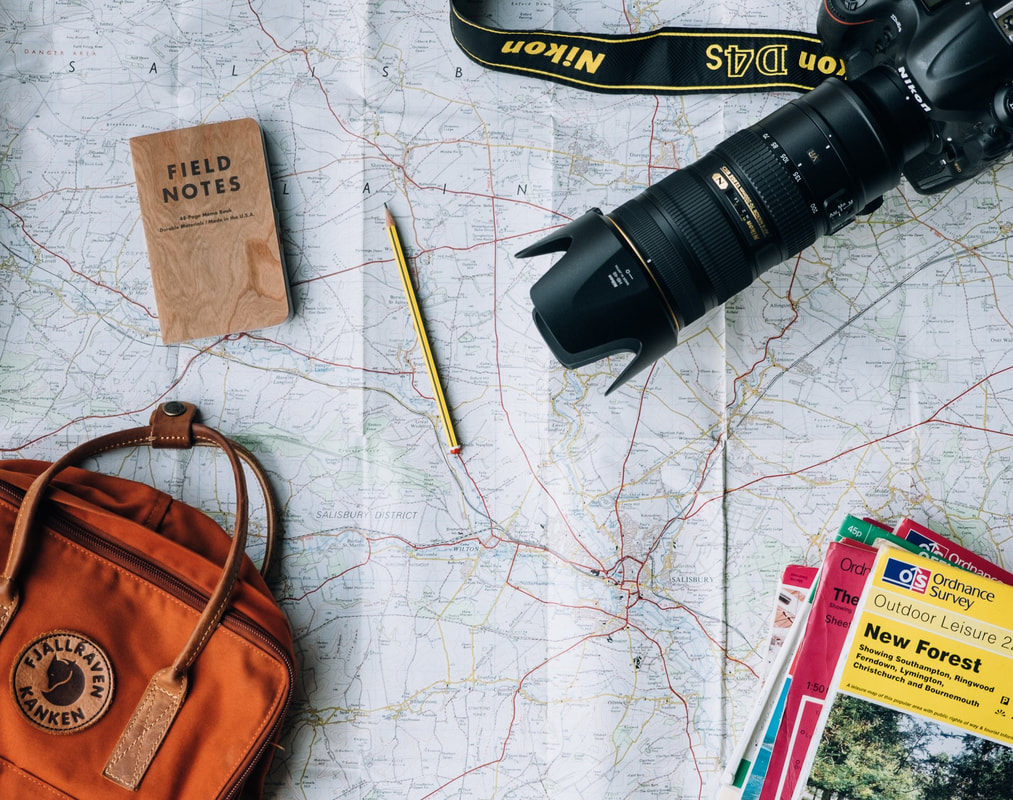


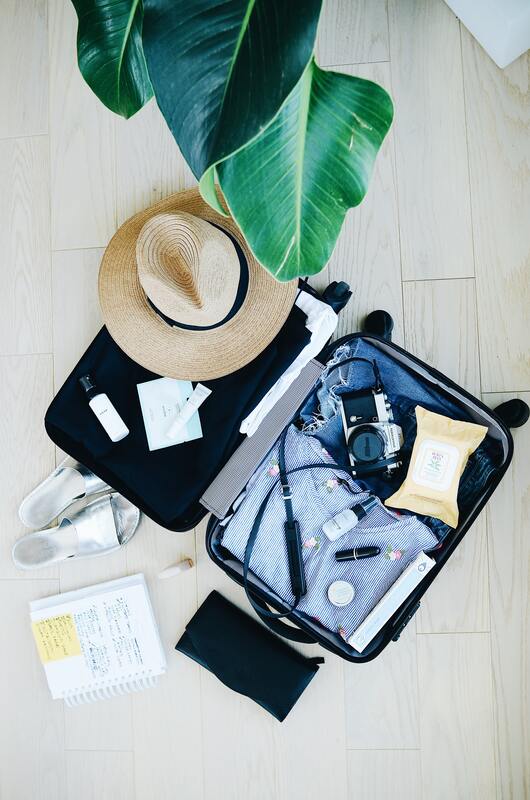
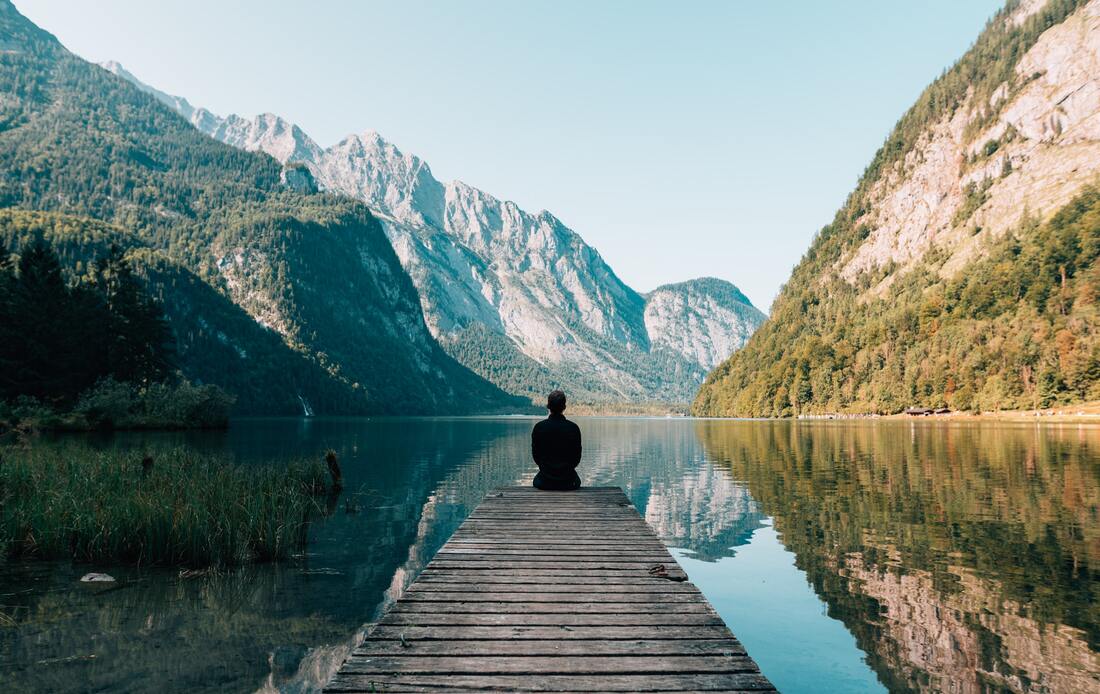
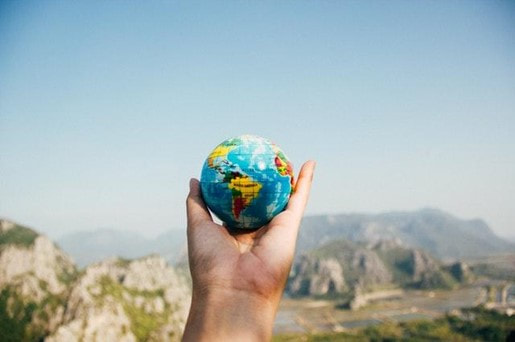
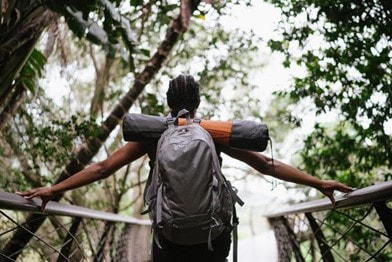
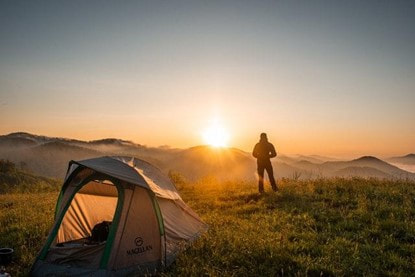
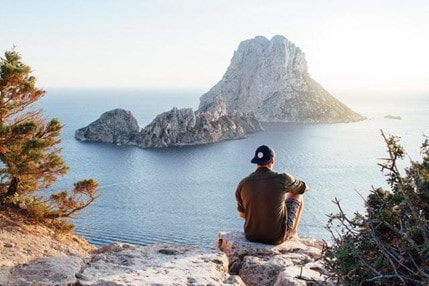
 RSS Feed
RSS Feed
